Ah, coffee! The deep, rich aroma that permeates the morning air, the first comforting sip that warms your soul, the burst of energy that kicks start your day. I believe that coffee is not merely a beverage; it’s an experience!
Now, imagine shaking hands with a somewhat unfamiliar acquaintance in the world of coffee – blonde coffee. Amidst the universe of espresso shots, black coffee, lattes, and cappuccinos, the enigmatic “blonde coffee” surfaces like a mysterious character in an intriguing novel.
But, what exactly is this, and why is it often a subject of coffee discourse worldwide? Is it a unique blend of beans? Perhaps a novel way of brewing? Let’s uncover the truth behind this intriguing brew.
Understanding Blonde Coffee
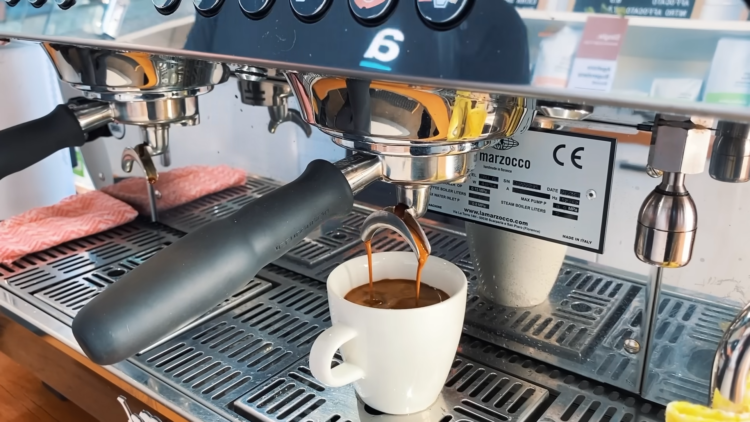
In the most straightforward terms, it refers to the beans that have been lightly roasted. It’s also commonly known as a light roast coffee. This roast level is often depicted by its light brown color, which sets it apart from the medium or dark roasted beans.
If you’re wondering why it’s called “blonde,” well, it’s simply a creative spin on the term, derived from the noticeably lighter color of the beans after roasting.
However, its concept extends beyond just the roasting level. Unlike darker roasts, which are more about the roasting process’s flavors, this one allows the inherent attributes of the bean to be the star of the show. The shorter roasting duration lets the cherry’s intrinsic flavors, fruits, and terroirs shine, providing a unique tasting experience.
Lighter roasts, such as the blonde roast, can be seen as a nod to traditional roasting methods. Historically, it was lightly roasted to ensure a reduction in bitterness and enhance the bean’s natural flavors. This traditional method seems to have re-emerged, with blonde coffee becoming increasingly popular among modern coffee drinkers.
Characteristics
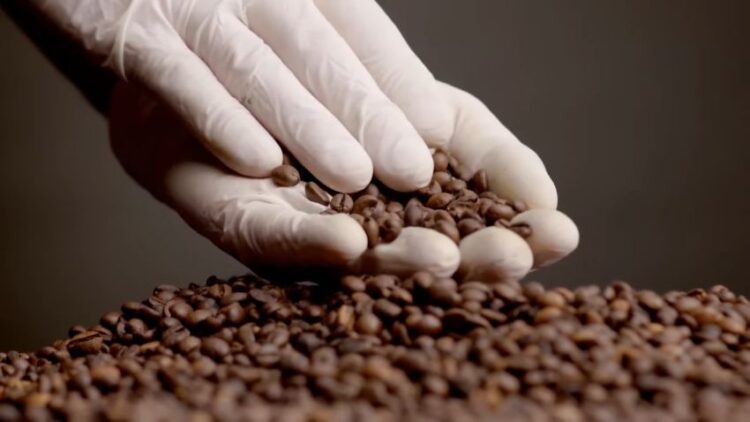
When you sip a cup of blonde coffee, you’ll be met with a distinctly different flavor profile compared to your usual medium or dark roast. A blonde roast typically embodies a lighter body and higher acidity. You’ll also find notes of floral or fruity flavors dancing on your palate – a characteristic rarely found in a dark roast.
Its aroma is also quite distinctive. It leans towards the sweeter side, with a slight hint of grassiness. Unlike its darker counterparts, you won’t find a smoky aroma wafting from your cup. This difference can be attributed to the shorter roasting time, which prevents the beans from developing a smoky characteristic.
The Roasting Process
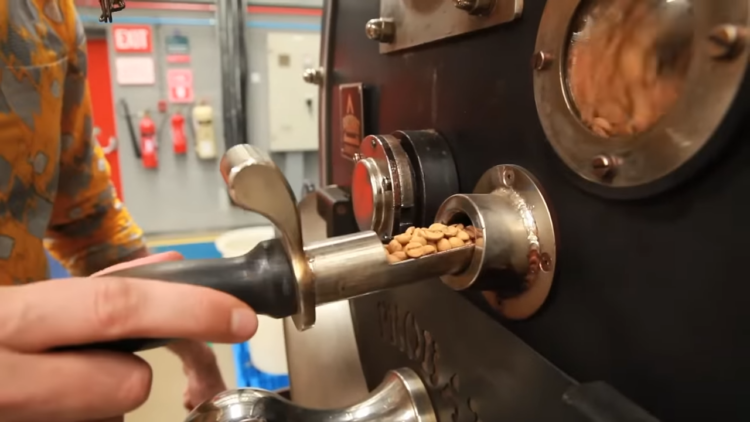
To fully appreciate its complexity and uniqueness, it’s important to understand the roasting process. It is a delicate balance between art and science, and roasters need to be vigilant about the time and temperature throughout the process.
The beans are roasted only until the first “crack.” For those uninitiated, the “crack” is a popping sound that signifies the breakdown of the coffee bean’s cellulose structure due to heat. Once the first crack is heard, the beans are promptly removed from the roasting chamber. This technique preserves the bean’s inherent flavors and highlights them in the final brew.
This process is in stark contrast to the method used for darker roasts. For dark coffee, the beans are often roasted well beyond the second “crack,” resulting in a robust, smoky flavor. This prolonged roasting also reduces the coffee’s natural acidity, giving it a heavier body compared to a blonde roast.
Origins and Popular Varieties
While the technique of blonde roasting can be applied to any bean, some varieties lend themselves particularly well to this method. The inherent characteristics of certain beans can be enhanced and showcased through the blonde roasting process.
One such variety is the Ethiopian Yirgacheffe, lauded for its naturally bright and fruity flavor profile. When blonde roasted, these characteristics are amplified, providing a truly unique tasting experience.
Other popular varieties include Kenyan AA and Colombian Supremo. These beans, when lightly roasted, retain much of their original flavor profiles, offering a delightful complexity in every sip.
Brewing Methods
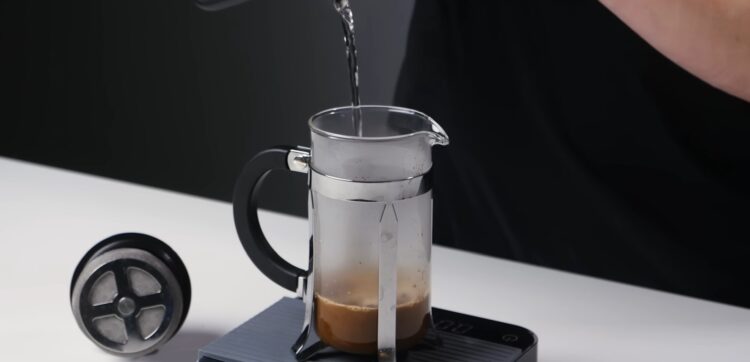
Just like pairing the perfect wine with a meal, brewing blonde coffee requires careful consideration to fully appreciate its nuanced flavors. This means that not all brewing methods will do this unique roast justice.
For instance, a pour-over or Chemex method is ideal for highlighting the delicate and subtle flavors of a blonde roast. These brewing methods allow for optimal extraction, bringing out the coffee’s inherent fruity and floral notes. On the other hand, a French press can help emphasize its body, providing a well-rounded brew. Espresso enthusiasts are not left out either – a blonde roast can deliver a refreshingly bright and acidic espresso shot that stands out from the traditionally dark-roasted espresso.
The Great Debate: Blonde vs. Dark Roasts
Just like the age-old debate of tea versus coffee, the coffee world is divided into two camps when it comes to roasting preferences – the dark roast enthusiasts and the blonde roast aficionados. This debate often hinges on the flavor profiles and characteristics that each individual prefers.
Fans of dark roast generally enjoy a bold, smoky flavor with a heavy body – a direct result of the long roasting process.
On the other hand, blonde roast lovers appreciate the subtler flavors, bright acidity, and light body that come with a lesser roasted bean. They revel in the opportunity to taste the coffee bean’s inherent characteristics, something that is often masked in a dark roast.
However, it’s important to remember that no roast level is objectively superior. At the end of the day, it all boils down to personal preference and taste.
Specialty Coffee Culture
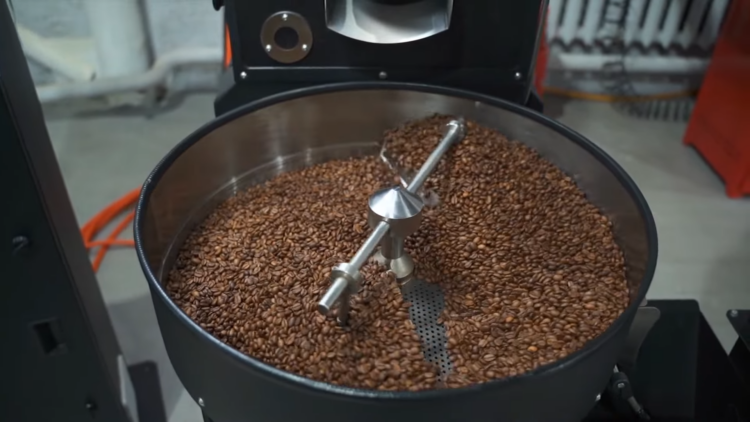
In the world of specialty coffee, blonde coffee holds a special place.
It’s often celebrated for its ability to spotlight the unique properties of a bean. Unlike darker roasts, where any flaws in the beans can be masked by the strong, smoky flavors, this one is less forgiving. This means that the quality of beans used for blonde roasting needs to be high, as any defects will likely show up in the final brew.
Specialty shops often use it as a way to showcase the natural flavors of high-quality beans. Baristas and experts appreciate the skill required to roast and brew blonde coffee, understanding that the process is just as important as the end result.
Caffeine Content
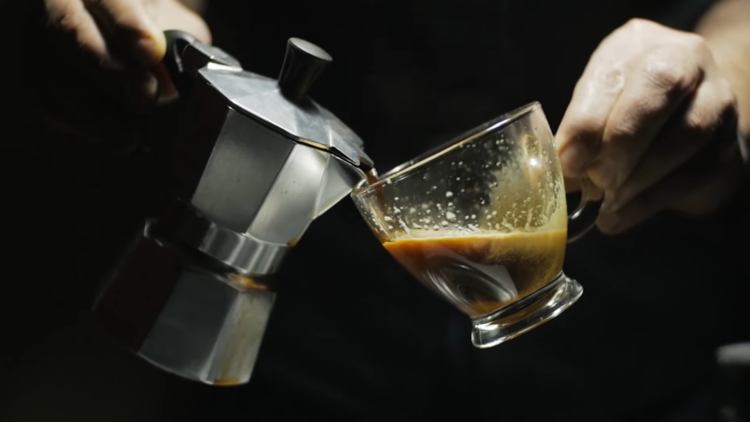
One of the most common misconceptions about coffee is that the darker the roast, the higher the caffeine content. However, the truth is quite the contrary. In fact, blonde coffee generally contains more caffeine than a darker roast.
During the roasting process, the heat causes the caffeine in the beans to burn off. Hence, the longer the coffee is roasted, the more caffeine it loses. This means that a lightly roasted one will naturally retain more caffeine. So, if you’re looking for a caffeinated kick, a cup of blonde beverage might just do the trick.
Artisanal Blends
In the world of artisanal coffee blends, blonde coffee plays a crucial role. The light roast profile, with its complex and bright flavors, can bring a new dimension to a blend. The unique characteristics of a blonde roast can complement other beans in the blend, creating a well-balanced and complex flavor profile.
Artisanal blenders often experiment with blonde roasts, combining them with medium or dark roasts to achieve a blend that provides the best of both worlds. The result is a blend that offers depth, complexity, and an unparalleled tasting experience.
Culinary Applications
Thanks to its unique flavor profile, blonde coffee has found its way into the culinary world. It’s being used as an ingredient to add a hint of complexity and depth to a variety of recipes.
From coffee-rubbed meats to delicate pastries, its distinct flavor profile lends itself well to culinary experimentation. Chefs and home cooks alike are discovering its versatility, using it to create dishes that are as intriguing as the coffee itself.
FAQs:
Is blonde coffee more expensive than other roast profiles?
The cost of it can vary depending on factors such as bean quality, origin, and demand, but it is not necessarily more expensive than other roast profiles.
Can I adjust its flavor intensity?
Yes, it can be adjusted by altering the brewing parameters, such as adjusting the coffee-to-water ratio or the brewing time.
How can one identify this particular blend or roast?
Look for its packaging or labels that explicitly mention “blonde” or “light roast”.
Does it have a specific brewing temperature requirement?
The ideal brewing temperature is typically around 195-205°F (90-96°C) to extract the flavors properly without over-extraction.
Can it be decaffeinated?
Yes, it is possible to decaffeinate blonde coffee using various decaffeination methods, catering to those who prefer lower caffeine content.
Conclusion
In conclusion, the world of blonde coffee is rich and diverse. It’s not just about a lighter roast; it’s about celebrating the natural characteristics of the bean. So, the next time you sip a cup of blonde coffee, remember, you’re experiencing a blend of tradition, craft, and the bean’s inherent flavor.
We hope that we’ve shed some light on the mystery of blonde coffee and, in the process, piqued your interest in this fascinating brew. After all, the beauty of it lies in its diversity and the endless possibilities it offers. So, go ahead, step out of your comfort zone, and give it a shot.
You never know; it might just become your new favorite brew.






